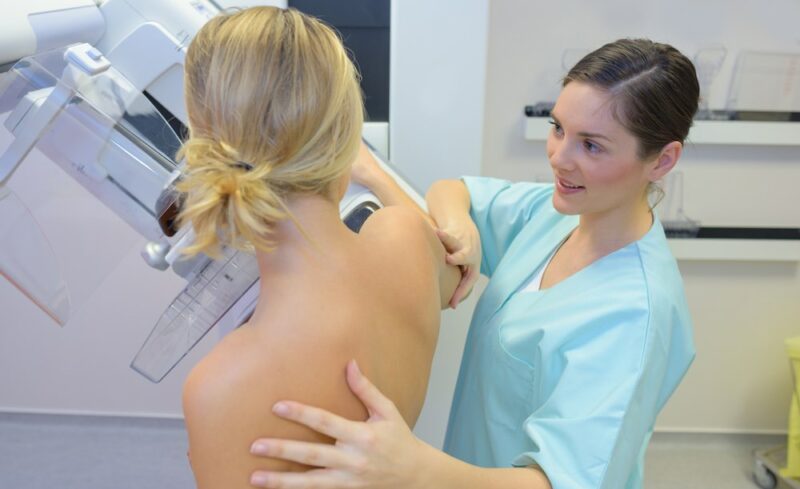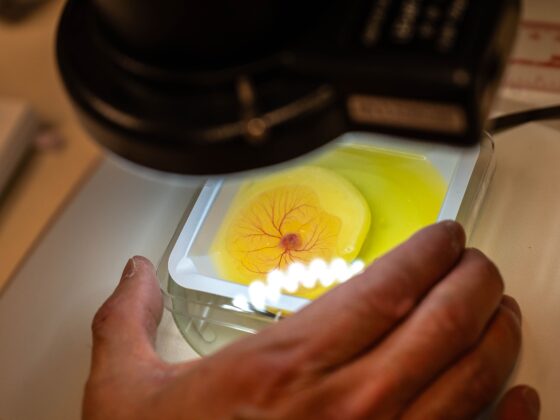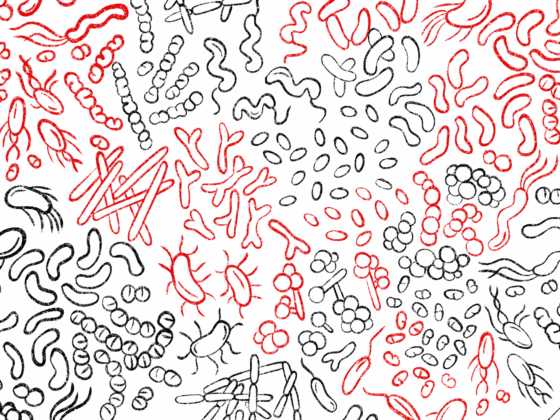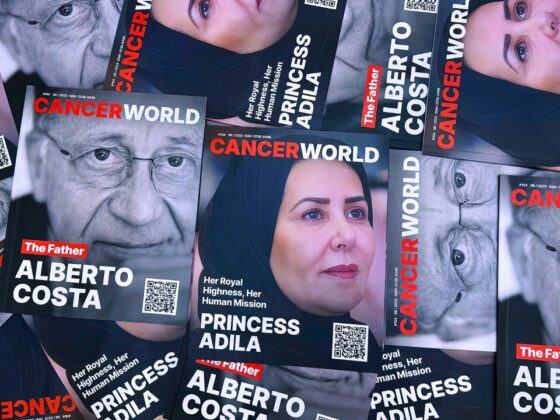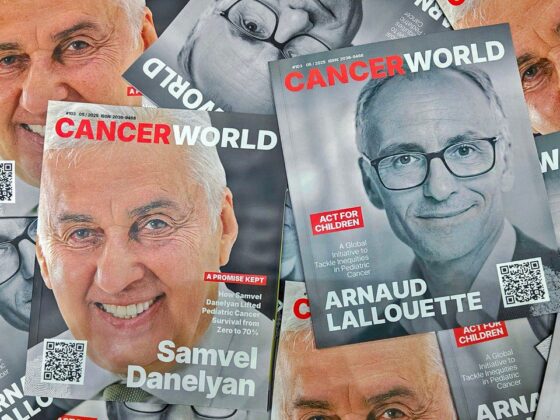Digital breast tomosynthesis (DBT) offers an advantage over conventional digital mammography in only a tiny percentage of women, who have extremely dense breasts and a high risk of breast cancer. The cohort study, published in JAMA (June 14), found no significant difference for diagnosis of advanced cancers for the great majority of women with dense breasts not at high risk of breast cancer.
“Our study shows that, overall, DBT does not reduce the risk of tumours becoming symptomatic between screening intervals or being missed by screening. But the fact that our study shows a decrease in advanced cancer diagnosis among women with the highest density and higher-than-average risk of breast cancer… suggests that DBT may allow detection of aggressive breast cancers earlier before they become advanced in specific groups of women,” says Karla Kerlikowske, the first author from San Francisco Veterans Affairs Medical Center, California. Triaging high-risk women with extremely dense breasts to DBT, she adds, may be indicated.
The US regulator, the FDA, first approved DBT in 2011 and now tomosynthesis is available in most US breast screening clinics (although less widespread in Europe). In comparison to standard digital mammograms, where low-dose X-rays are used to obtain breast images from the front and side, tomosynthesis obtains X-rays from many angles to assemble 3-D breast images. However, long-term data evaluating the effect of DBT on mortality has been unavailable due to the long follow-up intervals required.
Kerlikowske, and colleagues, evaluated whether DBT compared with digital mammography was associated with a lower likelihood of advanced breast cancer among women with dense breasts. Their reasoning is that diagnosis of a tumour that has grown to a more advanced stage is sometimes due to the previous screening failing to reveal a tumour that was already present. For the study, the team obtained data from five Breast Cancer Surveillance Consortium (BCSC) mammography registries, which included 504,427 women aged 40 to 79 years with no history of breast cancer or mastectomy. Between January 2011 and December 2018, the women underwent digital mammogram, DBT mammogram or both, and were followed until 2019. Women were grouped into cancer risk categories using the BCSC risk-assessment tool and breast density measurements were performed during screening. Breast cancer diagnoses were obtained by linking women’s imaging data to pathology data and SEER (cancer registry) programmes.
Results showed that a total of 308,141 women had digital mammograms (mean 2.2 per woman), 56,939 had only DBT mammograms (mean 1.6 per woman), and 139, 347 had both digital and DBT mammograms (mean 2.3).
Among women with extremely dense breasts and at high risk of breast cancer (composing 3.6% of the study population) rates of advanced breast cancer were 0.27 per 1,000 examinations for DBT versus 0.80 per 1,000 examinations for digital mammography over 12 months (difference −0.53; 95% CI, −0.97 to −0.10).
Among women with non-dense breasts, heterogeneously dense breasts, or with extremely dense breasts but low-to-average risk of breast cancer (composing 96.4% of study population), there were no significant differences in advanced cancer rates between DBT and digital mammography.
In an accompanying editorial Sarah Friedewald and Lars Grimm, from the Northwestern University Feinberg School of Medicine, Chicago, Illinois, comment that the relatively low numbers of women from under-represented groups precludes subgroup analyses for vulnerable populations. “A challenge for the BCSC, and all data repositories, is the demographic limitations of the databases. Compared with the US population, the proportion of Black women (12.2% vs 10.8%) and Hispanic women (13.7% vs 5.2%) in the BCSC are lower.”
Black women, they add, have the highest incidence of breast cancer and, compared with White women, are more likely to have delays in diagnosis, present with advanced disease, and die from breast cancer. “DBT, with its improved ability to detect advanced breast cancer, may be an important factor to help achieve health equity for breast cancer screening,” they write.

